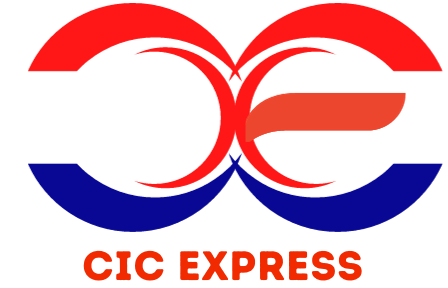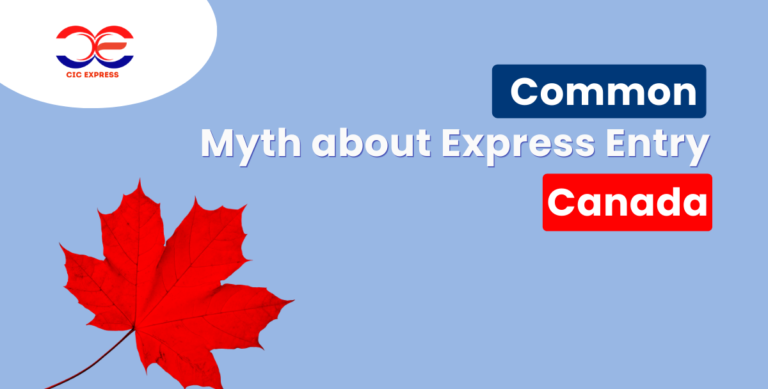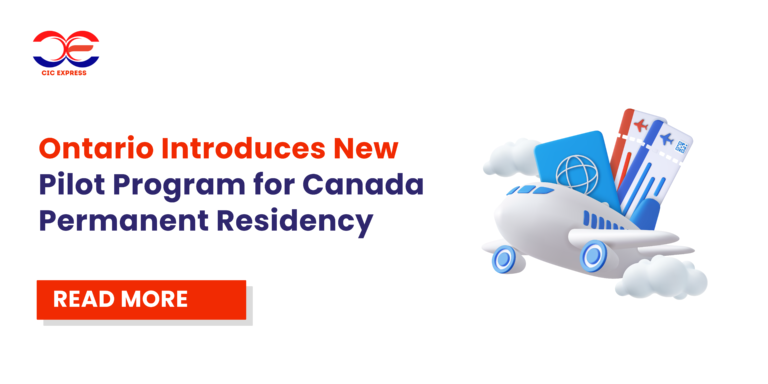New Canada Immigration Plan 2026–2028: Big Changes Ahead for PR Seekers

If you are planning to move and settle in Canada, the upcoming Canada Immigration Levels Plan 2026–2028 is something you can’t afford to miss. This new plan, set to be unveiled soon by the Canadian government, will outline how many people will be welcomed as permanent residents—and which immigration categories will take priority in the coming years.
The core objective of this plan is to balance economic growth with Canada’s housing, infrastructure, and settlement capacity. For aspiring immigrants, understanding this roadmap will be crucial to identifying the most promising pathways and in-demand profiles.
Let’s explore what to expect and how this plan may impact new immigrants.
What to Expect from the 2026–2028 Immigration Plan
Canada has long been one of the world’s most welcoming countries for immigrants, granting permanent residency to hundreds of thousands every year. However, the upcoming 2026–2028 plan suggests that immigration targets may stabilise rather than continue their rapid expansion.
The government is expected to maintain similar annual targets as the previous plan, focusing on sustainability and better integration rather than aggressive growth.
Early projections indicate that Canada might keep annual permanent resident admissions between 415,000 and 430,000. This steady approach is intended to manage the pressure on housing, healthcare, and local resources. The plan will also include new measures to monitor temporary residents—such as international students and foreign workers—ensuring their population share remains proportionate.
| Year | Estimated PR Target | Objective |
|---|---|---|
| 2025 | Around 395,000 | Transition year from the previous plan |
| 2026 | Around 380,000 | Maintain steady growth and manage settlement capacity |
| 2027 | Around 365,000 | Controlled intake to align with available resources |
| 2028 | Similar range | Focus on balanced immigration and integration |
This steady pace means fewer surprises but more competition. Applicants with strong credentials, high language proficiency, and relevant work experience will have the upper hand in upcoming immigration draws.
Key Focus Areas of Canada’s Immigration Strategy
The new immigration plan highlights several priority areas that will guide Canada’s approach between 2026 and 2028. These priorities aim to meet both economic and community development goals.
1. Skilled and Economic Class Immigration
Canada will continue prioritising skilled professionals who can fill labour gaps in critical sectors such as technology, healthcare, construction, and skilled trades.
The Express Entry and Provincial Nominee Programs (PNPs) will remain key routes for these candidates.
Applicants with in-demand skills, Canadian work or study experience, and strong language scores will have a significant advantage in selection rounds.
2. Francophone Immigration Outside Quebec
The government plans to strengthen French-speaking communities outside Quebec by increasing the proportion of francophone immigrants to around 9–10% of total admissions.
This initiative supports cultural diversity and boosts economic growth in smaller provinces and rural regions. For applicants, learning French or applying to francophone-targeted programs could be a valuable strategy.
3. Regional and Community Settlement
Canada aims to encourage newcomers to settle beyond major cities like Toronto and Vancouver. Provinces such as Alberta, Saskatchewan, and Nova Scotia are facing labour shortages and are eager to attract more skilled workers.
Programs like the Atlantic Immigration Program (AIP) and Rural and Northern Immigration Pilot (RNIP) will play a greater role. Candidates showing a willingness to settle in these regions may receive additional benefits or faster processing.
Managing Temporary Residents: A Key Change
One of the most notable shifts in the 2026–2028 plan is the tighter management of temporary residents.
In recent years, Canada has seen a rapid rise in the number of international students and temporary foreign workers—many of whom later apply for permanent residency.
The new goal is to ensure that temporary residents represent no more than 5% of the total population by 2026. This policy aims to maintain access to housing, infrastructure, and jobs, while ensuring that pathways to PR remain open for genuine candidates.
Applicants can expect stricter eligibility checks for study permits, work permits, and post-graduation programs. Those already in Canada on temporary status should strengthen their Canada PR profiles by focusing on:
Provincial nomination programs
Valid job offers
Relevant Canadian work experience
Additionally, the government plans to expand settlement support funding to improve newcomers’ access to affordable housing, healthcare, and employment services—reinforcing Canada’s shift toward quality immigration over quantity.
What Does This Mean for New Immigrants?
The 2026–2028 Immigration Levels Plan brings numerous job opportunities as these need of skilled professionals in various indutry and occupation listed in the Canada Occupation List. You can also check in-demand occupations in Canada with their valid NOC code. While competition may tighten under stabilised targets, qualified candidates who plan strategically will still find success.
Key takeaways for applicants:
Build a strong profile: Improve your CRS score through better language results, additional work experience, or a Canadian education credential.
Explore regional options: Apply to provinces facing labour shortages; they often have higher chances of nomination.
Learn French: Even basic proficiency can increase your eligibility, especially for Francophone-focused programs.
Stay updated: Regularly follow IRCC announcements for changes to draws, eligibility rules, and program requirements.
By aligning your profile with Canada’s immigration priorities, you can position yourself as a strong candidate under the new framework.
Conclusion
The Canada Immigration Levels Plan 2026–2028 reflects a more balanced and strategic approach to immigration. Instead of rapidly increasing intake, Canada aims to stabilise admissions to ensure newcomers have access to essential resources like housing, healthcare, and employment.
For aspiring immigrants, this means preparing carefully, choosing the right programs, and remaining flexible about settlement locations.
The opportunity to build a life in Canada remains open—but success will now depend more on preparation, skill alignment, and long-term contribution potential.






